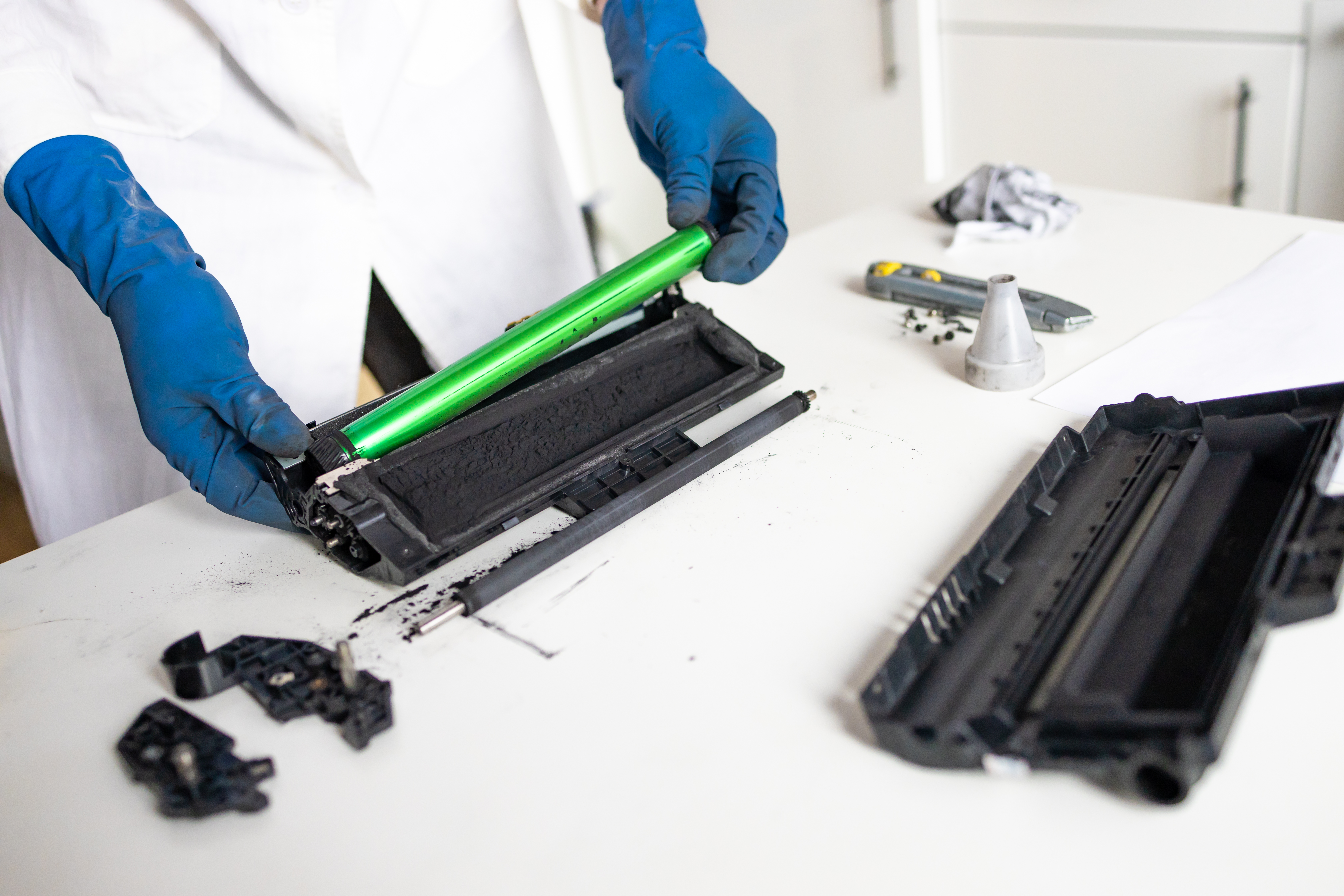1st Jul 2024
Best Practices for Storing and Handling Ink Toner Cartridges
In today's fast-paced business environment, efficiency and cost-effectiveness are crucial. For many businesses, ensuring the longevity of essential office equipment, such as ink toners and cartridges, is a key strategy. Proper storage and handling of these components not only extend their lifespan but also contribute to overall productivity and savings.
The Importance of Proper Storage
Ink toners and cartridges are sensitive components that require careful handling and storage to maintain their quality and performance. Exposure to unfavorable conditions, such as extreme temperatures, humidity, and direct sunlight, can negatively impact the integrity of these vital office supplies.
"Proper storage and handling of ink toners and cartridges are not just about protecting your investment; they're about ensuring the reliability and longevity of essential office equipment, contributing to a seamless workflow and cost-effective operations."
1. Optimal Temperature Control:
Maintain a consistent and moderate temperature in your storage area. Extremes in temperature, whether too hot or too cold, can affect the chemical composition of the toner and reduce its effectiveness. Ideally, store your ink toners and cartridges in a climate-controlled environment.
2. Humidity Management:
Excessive humidity can lead to clumping and deterioration of the toner powder. Conversely, low humidity levels may cause the toner to become too dry. Aim for a humidity level between 20% and 80% to strike the right balance and prevent moisture-related issues.
3. Avoid Exposure to Sunlight:
UV rays from direct sunlight can damage the toner cartridge. Store ink toners and cartridges in opaque containers or in a location where they are shielded from sunlight. This simple step can significantly extend the life of your toner cartridges.

Proper Handling Techniques
In addition to storage considerations, adopting proper handling techniques is crucial for maintaining the integrity of ink toners and cartridges.
4. Handle with Care:
When handling toner cartridges, exercise caution to avoid physical damage. Rough handling can lead to leaks, spills, or damage to delicate components. Always follow the manufacturer's guidelines for proper handling procedures.
5. Avoid Touching the Drum Unit:
The drum unit inside the toner cartridge is highly sensitive to oils and dirt from human skin. To prevent damage to the drum, avoid touching it directly. If necessary, wear gloves to minimize contact and reduce the risk of contamination.
6. Shake Toner Cartridges Judiciously:
While it's common practice to shake toner cartridges to redistribute the toner powder, it's important to do so gently. Excessive shaking can lead to uneven distribution and affect print quality. Follow the manufacturer's recommendations for shaking frequency and intensity.
7. Store Properly When Not in Use:
If a toner cartridge is not in use, store it in its original packaging or a protective case. This safeguards the cartridge from environmental factors and prevents exposure to dust and debris, ensuring it's ready for optimal performance when needed.
Conclusion
Investing in quality ink toners and cartridges is a wise decision, but maximizing their lifespan requires a proactive approach to storage and handling. By adhering to these best practices, businesses can not only extend the life of their toner supplies but also enhance overall printing efficiency. In the competitive world of business, where every resource counts, implementing these simple steps can make a significant difference in cost savings and operational excellence.












